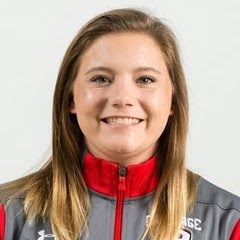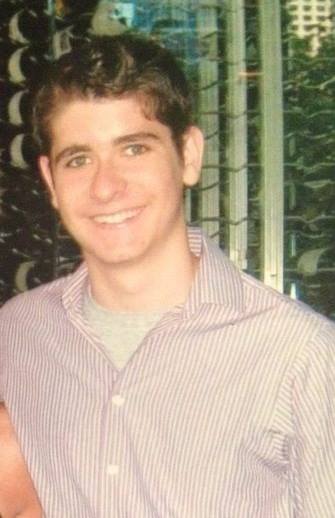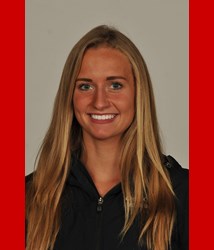Celebration of Scholars
Promoting Carthage Study Tours through Story Maps
 Name:
Troy Durie
Name:
Troy Durie
Major: Economics
Hometown: Carlsbad, CA
Faculty Sponsor: Wenjie Sun
Other Sponsors:
Type of research: Course project

Major: Environmental Science
Hometown: Minnetonka, MN
Faculty Sponsor: Wenjie Sun
Other Sponsors:
Type of research: Course project
 Name:
Ryan Hughes
Name:
Ryan Hughes
Major: Environmental Science & Geography and Earth Science
Hometown: Chicago, IL
Faculty Sponsor: Wenjie Sun
Other Sponsors:
Type of research: Course project
 Name:
Madelyn Schwartz
Name:
Madelyn Schwartz
Major: Environmental Science
Hometown: Franksville, WI
Faculty Sponsor: Wenjie Sun
Other Sponsors:
Type of research: Course project
 Name:
Zechariah Smith
Name:
Zechariah Smith
Major: Marketing
Hometown: Maywood, IL
Faculty Sponsor: Wenjie Sun
Other Sponsors:
Type of research: Course project
Abstract
Story maps are a great tool for people to relive their travels, and for sharing their story in a spatially-explicit way with a wider audience through the internet. In story maps, geotags are assigned to different photos and videos in order to give a visual representation and geographic layout of where someone traveled on their journey. Additionally, there are many different layouts and settings for customizing the map to best fit the idea of what the user wants to convey. Two great experiences that some Carthage students have had are J-term study tours to Japan and Nicaragua. The accounts of these trips have been turned into story maps by two groups from the GEO4600 Applied GIS Projects class. For the Japan story map, the goal was to create a map that documented the busy days experienced on the trip and to capture the cultural immersion. This map was created for prospective students interested in participating in a later trip as well as for raising awareness about the trip and the connection between the American and Japanese culture. The Nicaragua story map was created for similar reasons, and it depicts the two different focuses available for student participation. The first is the sustainability water project and the second is the clinical experience. Both options allow students to immerse themselves in a great cultural experience in a developing country.
